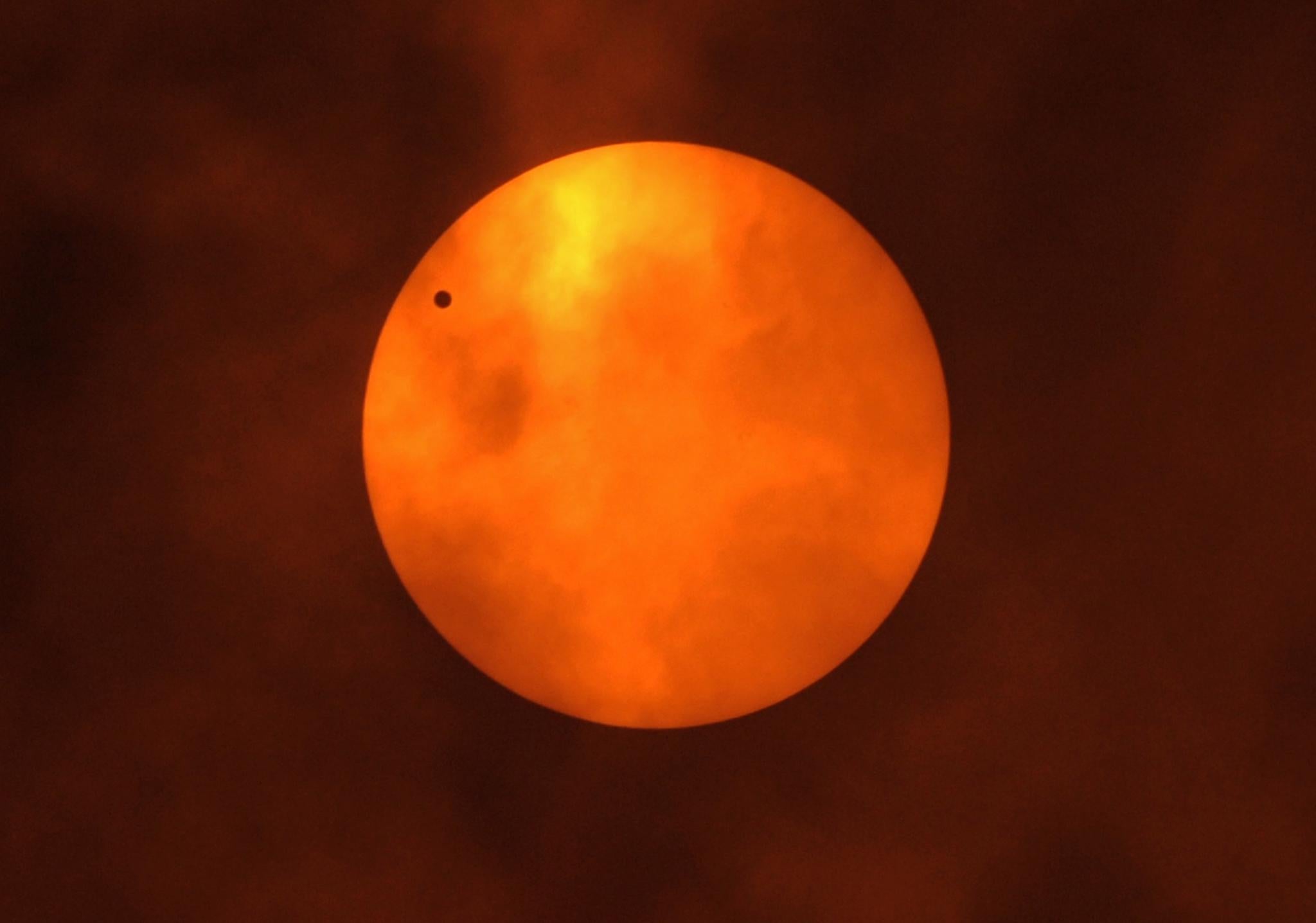Our sun might have had a 'companion' that helped form our solar system, scientists say
Other star could help explain the Oort cloud and any possible Planet 9

Your support helps us to tell the story
From reproductive rights to climate change to Big Tech, The Independent is on the ground when the story is developing. Whether it's investigating the financials of Elon Musk's pro-Trump PAC or producing our latest documentary, 'The A Word', which shines a light on the American women fighting for reproductive rights, we know how important it is to parse out the facts from the messaging.
At such a critical moment in US history, we need reporters on the ground. Your donation allows us to keep sending journalists to speak to both sides of the story.
The Independent is trusted by Americans across the entire political spectrum. And unlike many other quality news outlets, we choose not to lock Americans out of our reporting and analysis with paywalls. We believe quality journalism should be available to everyone, paid for by those who can afford it.
Your support makes all the difference.The Sun might once have had a "companion" that helped it form the solar system as we know it today, according to a new study.
In its very early days, our star could have been part of a binary system, with another star of a similar mass. That star has long since disappeared – and is probably elsewhere in our Milky Way galaxy – but may have left its mark on our solar system.
If that is the case, it could help explain the formation of the Oort cloud of objects at the edge of our solar system, and could help us understand the story behind the possible Planet Nine that some think lurks unseen at the edge of our planetary neighbourhood.
The new theory is published in Astrophysical Journal Letters and is proposed by scientists from Harvard University, who argue that the theory could be tested with future telescopes, since the history of the companion star would be marked on the solar system as it is today.
The two stars would have been stuck together in the Sun's birth cluster, or the group of stars that formed around the same time and out of the same dense cloud of molecular gas.
If there were two stars as part of a binary system, it would better explain how the Oort cloud be captured from the debris left over from the formation of the solar system, argued Amir Siraj, a Harvard student who proposed the theory alongside a professor at the university named Avi Loeb.
“Binary systems are far more efficient at capturing objects than are single stars,” said Professor Loeb. “If the Oort cloud formed as observed, it would imply that the Sun did in fact have a companion of similar mass that was lost before the Sun left its birth cluster."
Objects from the Oort cloud are distant but have had significant impact on life on Earth, including potentially delivering water to our planet and wiping out the dinosaurs. As such, the legacy of the second long lost star could still be affecting life on Earth today.
The same process could have led to the capture of the still unconfirmed Planet Nine, the scientists say, and would suggest that there are other worlds lurking out there in a similar place.
Scientists hope that the Vera C Rubin Observatory, expected to be launched early next year, will help us know for certain whether Planet Nine exists and where it could have come from. That in turn could help show whether the binary model is more likely than the more traditional sole star, the researchers say.
Join our commenting forum
Join thought-provoking conversations, follow other Independent readers and see their replies
Comments